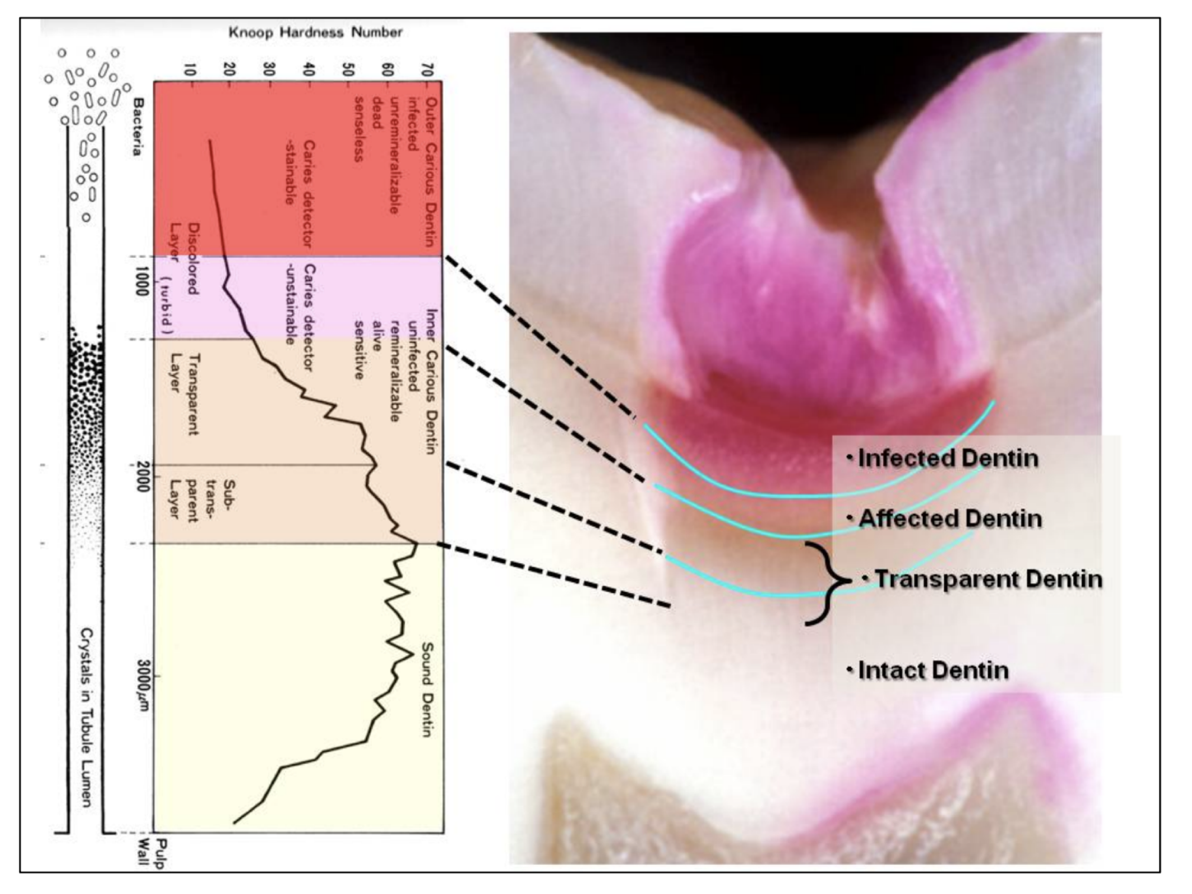TBU #040 What should be removed when doing the caries removal?
Feb 25, 2023
Removing deep decay can be some of the most stressful procedures as newly starting biomimetic dentist. In these situations, we are balancing so many complicated things. We're trying to create enough of a clean area to bond to, balance our prep design, remove enough decay, and of course, making sure we don't expose the pulp! After all, we know that respecting the biology is one of the four main pillars of biomimetic dentistry. It takes some skill, understanding and practice to be able to predictably remove deep decay without complications. Yes it can be done. Every time. Without a pulp exposure. I've been practicing for more than 10 years and haven't had a pulp exposure.
I remember being intimidated with deep caries removal when I was getting started. It would stress me out whenever I saw these on the schedule. I didn't love doing these. This case is one of my earliest documented case. This patient will email me from time to time and give me an update on how the tooth is responding.
Here I did the MO on #14. This is going on six years. But the thing I like about this picture is that it shows how much decay I left close to the pulp. The black circle shows an area where more decay could have been removed. However, the red circles show a perfectly clean peripheral seal zone.
I was deathly afraid of having a pulp exposure. I didn't have the experience to feel great. So when I did these, I would preform my peripheral seal zone and get it to where it needed, but often times I would leave too much 'dark red' color from the caries detector, inside the seal zone. In some regards, this isn't a bad approach. However, it holds its own sit of complications.
Lets look to see whats happening within this 'dark red' area.

The dark red area is infected dentin. It should be removed. You can bond to this area but its a weak bond and essentially isn't doing much to preserve the bond. Leaving a large dark red area can compromise the long term seal of the tooth if the peripheral seal zone is too small. This area cannot be remineralized and is dead tissue with bacteria. IF we are leaving a smaller area of red and have a larger peripheral seal zone, our bond will be maintained for the long term. But once again, as we grow in comfort with doing these, the goal should be shifted to remove this layer. For me, getting experience with these and understanding tooth anatomy has helped ease the nerves.

Use this guide as a way to gauge what should be removed and when we're ok to stop. One of the best ways to make sure we dont pulp the tooth, is to start on the outside and work our way in.
Its possible to not have a pulp exposure. In reality, we aren't gaining much be removing more and exposing the pulp. This is a very common question. So its safer to error on the side of too little than too much, IF we have an adequately large peripheral seal zone.
Whenever you're ready, here are the ways I can help you:
- If you're looking for better application in your practice, take a look at our online courses and guides
- The Foundations Of Biomimetic Dentistry
- How To Do Biomimetic Posterior Direct Composites.
- Get our 53 page biomimetic protocols guide for posterior direct restorations.
- Join our ever growing community and get instant access to our group chat, shared resources, on-demand help, along with networking with the leaders in biomimetics.
- Work with me 1:1 to grow your biomimetic dental practice.



